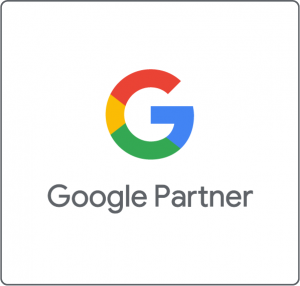With Google and Facebook changes in the horizon
For nearly 15 years, marketers have become accustomed to 1:1 targeting in digital. From Tacoda and the first behavioral ad networks to today’s complex first-, second- and third-party data ecosystems, this is now the standard.
Until, it all blows up—which will be soon.
Let’s take a step back. First, Safari took out 30% of browser traffic with its ITP anti-tracking feature. IDFA almost went dark, but now looks to make changes in 2021. Hashed (aka “obscured”) email to save the day? Not so fast. Apple said that’s a no-no, too. The Department of Justice to save the day? With the industry expecting an excavator against Google, we saw a teaspoon move around a bit of dirt. Lastly, Google and its subsequent bird proposals (such as Turtledove) are certainly not 1:1 and send measurement meaningfully backward.
We don’t know what steady-state looks like, but dramatic tremors tend to accelerate and make permanent changes, with the Covid-19 crisis being a prime example. We may be back to normal in 2021, but the world won’t be the same. The same goes for addressability and measurement.
The first place we’ll see these shifts is of course in advertiser spend. Where will marketers look to invest in 2021? Tried and true channels like linear TV are declining. Let’s dive into those channels that will see increased attention.
Google and Facebook
Given the changes on the horizon, Google and Facebook become natural first-choice options for brands. Facebook’s reach on its properties and Google’s reach across the board will be seen as a place to wait out the storm. Addressability and measurement during the next 18 months on those platforms have yet to be proven to be remarkably better than other options—especially on iOS devices and Safari.
Endemic sites
Endemic sites like IMDB for TV and film and Edmunds for automotive have been very popular with marketers. They are typically always sold out or close to it. The changes in the industry will push demand for these sites even higher, causing prices to rise over the next 18 months or so.
Large publishers and affiliated tech
Large publishers like Hulu, Pandora and eBay and publisher co-ops with reach and scale will likely take in a greater share earlier on. We can expect this category to be big winners. They will be safe. These sources will have significant data and a good chance their targeting will actually work in Safari and at scale. Access to these properties will come through tech platforms like InfoSum, LiveRamp ATS or a publisher owned DSP or SSP, and we can expect that these companies will also experience growth next year due to these affiliations.
One important consideration point for marketers here is that media buys within large publishers will come with a hefty price tag. Because buying with these publishers may shift to be more upfront than in-the-moment (as a decision to purchase, not target, which will still remain RTB), the competition will likely drive prices on these properties higher than the past, and certainly higher than can be accounted for with inflation
Hidden opportunity?
Since we know that increased demand in these categories will drive pricing up, marketers can look to smaller publishers and performance-based advertising for hidden opportunities. With less competition in the open web, these advertisers will find this inventory on sale compared to the past and likely be able to achieve even more sales and results for the same investment.
However, the reality is that small publishers, especially on iOS and Safari, will have a very hard time with the changes on the horizon. These publishers should seek expertise and representation from advisory firms like Café Media to improve yield.



